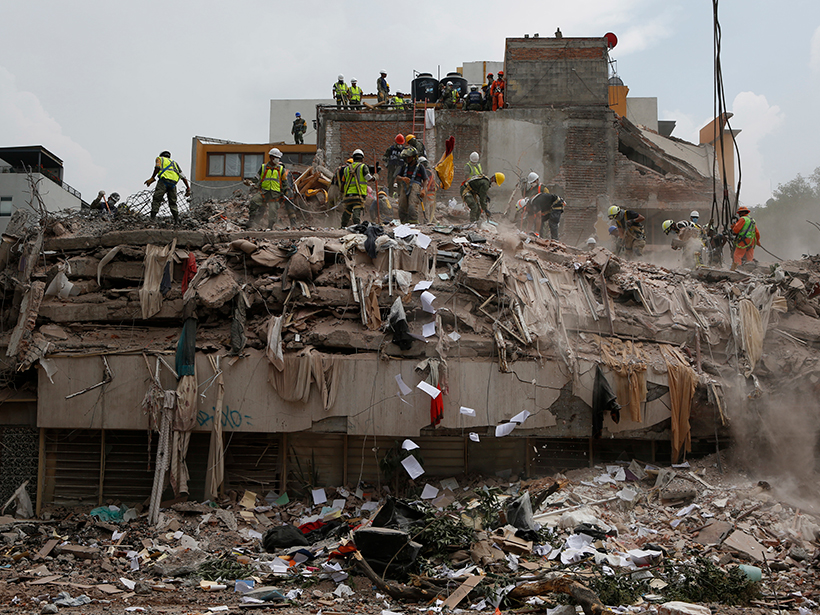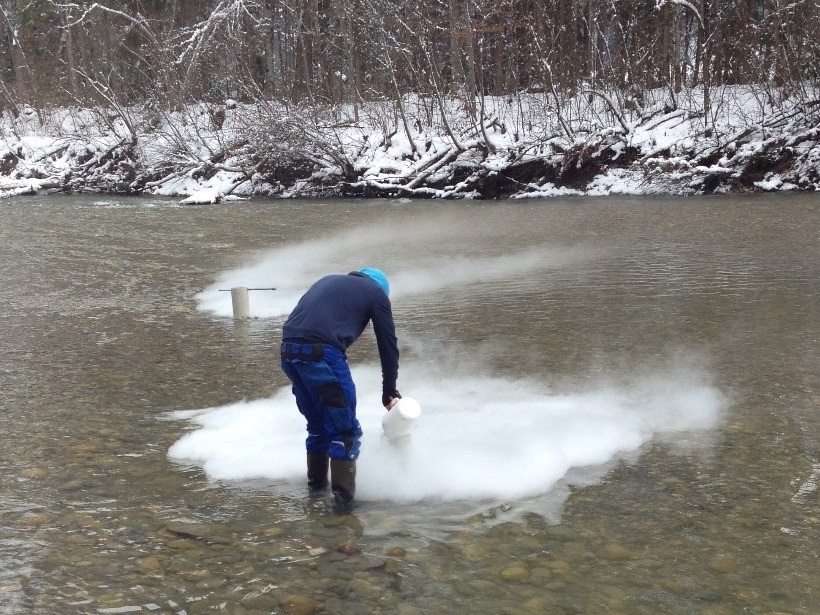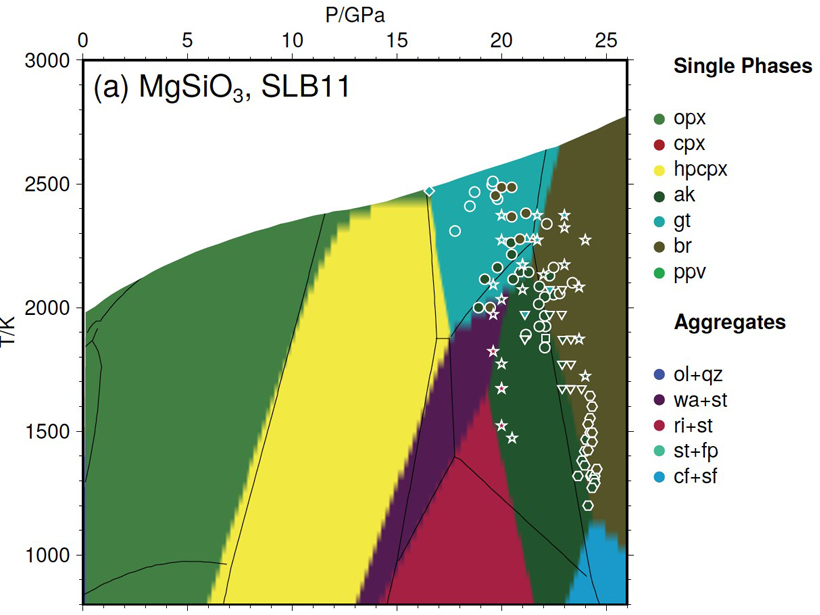Scientists model the effect of horses, cattle, sheep, and goats on local environments and global climate.
Modeling
Were Mexico’s September Quakes Chance or a Chain Reaction?
Last year, two major earthquakes—one 12 days after the first—shook Mexico. New analysis blames this very unlikely event on chance. But one of the pair may have triggered a third large nearby temblor.
Above and Below: Understanding River-Groundwater Exchanges
Field data, new technologies, numerical modelling, and geostatistical methods can be combined to improve understanding of the interactions between surface water and groundwater.
Modeling Megathrust Zones
A recent paper in Review of Geophysics built a unifying model to predict the surface characteristics of large earthquakes.
Pedotransfer Functions Bring New Life to Earth System Modeling
A recent paper in Reviews of Geophysics describes how currently available soil information furthers our understanding of soil processes and their integration in Earth system modeling.
New Thermodynamic Model for Computing Mantle Mineralogy
A newly developed open-access software package called MMA-EoS can calculate whole mantle mineralogy in multicomponent systems by Gibbs energy minimization.
Working Together Toward Better Volcanic Forecasting
A National Academies report highlights challenges and opportunities in volcano science.
Scientists Probe Water Inside Leaves via Satellite
Improving satellite-based studies of vegetation optical depth, a critical ecosystem indicator.
The Power of Water, Wind, and Solar (and Nothing Else)
Road map for improving climate calls for 100% clean, renewable energy by 2050.
Comparing the Accuracy of Geomagnetic Field Models
Improved accuracy and optimization of models could benefit many applications.










